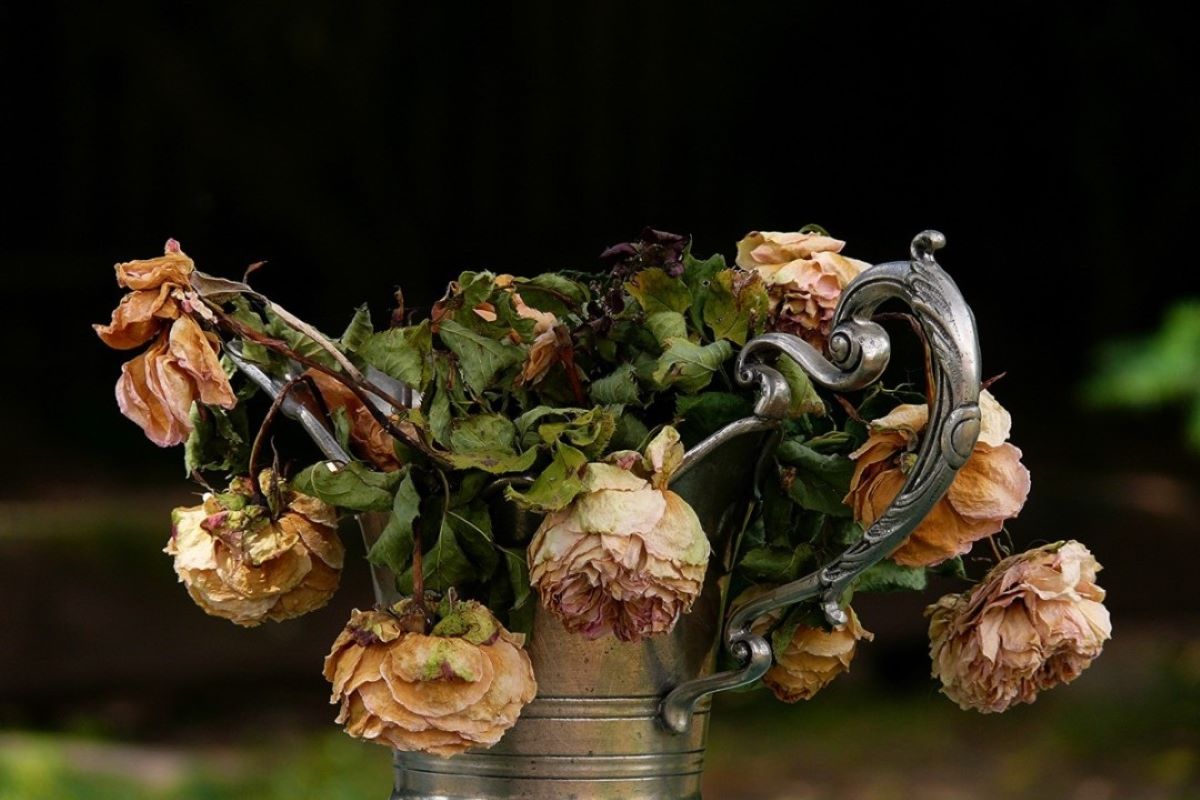

Articles
How To Store Dead Flowers
Modified: January 5, 2024
Learn how to store dead flowers with our informative articles. Discover helpful tips and techniques to preserve the beauty of your wilted blooms.
(Many of the links in this article redirect to a specific reviewed product. Your purchase of these products through affiliate links helps to generate commission for Storables.com, at no extra cost. Learn more)
Introduction
Flowers hold a special place in our lives. Whether they’re gifted to us or picked from our own garden, their vibrant colors and delicate fragrance bring joy and beauty into our homes. However, as much as we may want them to last forever, fresh flowers have a limited lifespan. They eventually wither and fade, leaving us with a sense of loss.
But what if there was a way to preserve the beauty of flowers even after they’ve died? Storing dead flowers can be a wonderful way to cherish memories, commemorate a special occasion, or simply add a touch of natural beauty to your decor. In this article, we’ll explore different methods and techniques for storing dead flowers, so you can enjoy their beauty for years to come.
Key Takeaways:
- Preserve the beauty of dead flowers using air drying, pressing, silica gel, glycerin, or wax dipping. Each method offers unique results and benefits, allowing you to create stunning keepsakes that stand the test of time.
- Properly prepare and store preserved flowers to maintain their long-term beauty. Avoid sunlight, moisture, and handle with care to ensure your cherished blooms remain vibrant and sentimental for years to come.
Read more: How To Store Dead Batteries
Understanding the Lifespan of Cut Flowers
Before diving into the various methods of storing dead flowers, it’s essential to understand the natural lifespan of cut flowers. Once a flower is harvested, it begins to gradually deteriorate due to several factors.
One of the primary factors is water loss. Cut flowers continue to transpire even after they’ve been severed from their roots, which results in the loss of moisture. The lack of a continuous water supply eventually leads to wilting and decay. Additionally, the presence of bacteria and fungi can accelerate the process of decomposition.
The lifespan of cut flowers also depends on the specific type of flower. Some varieties, such as roses and carnations, have a longer vase life compared to more delicate flowers like tulips and lilies. It’s important to consider the natural longevity of the flower when deciding on the best storage method.
Proper care and handling of fresh flowers can extend their lifespan. This includes changing the water regularly, trimming the stems, and removing any wilted or decaying petals. However, even with the best care, all cut flowers will eventually perish. This is where storing dead flowers becomes a unique opportunity to preserve their beauty.
By employing various preservation techniques, it’s possible to halt the decay process and maintain the appearance of the flowers long after they’ve died. From air drying to glycerin preservation, each method has its advantages and is suitable for different types of flowers. We’ll delve into these methods in the following sections.
Preparing the Flowers for Storage
Before embarking on the process of storing dead flowers, it’s important to properly prepare them to ensure the best possible results. Here are some essential steps to follow:
- Choose the right stage: Select flowers that are at their peak but not overly mature or wilting. This will ensure that the preserved flowers retain their optimal appearance.
- Remove excess foliage: Trim away any leaves or stems that are not part of the main flower. This helps reduce moisture loss and prevents mold and rot during the preservation process.
- Trim the stems: Cut the stems at an angle to maximize water uptake and remove any excess length. This will also make it easier to handle and store the flowers.
- Prevent petal damage: Handle the flowers gently and avoid touching the petals excessively as they can become easily bruised or damaged.
- Treat with a preservative: Before drying or preserving the flowers, you can apply a floral preservative solution to help maintain their color and shape. These solutions can be purchased from florist shops or made at home using ingredients like sugar, bleach, and water.
By following these preliminary steps, you’ll ensure that the flowers are in the best condition for storage and that they have the highest chance of retaining their beauty throughout the preservation process.
Method 1: Air Drying
Air drying is one of the simplest and most traditional methods of preserving dead flowers. It involves allowing the flowers to dry naturally, leading to desiccation and preservation of their shape and color. Here’s how to air dry your flowers:
- Choose the right flowers: Certain types of flowers are better suited for air drying, such as lavender, roses, and baby’s breath. Flowers with thicker petals and sturdy stems tend to dry more successfully.
- Remove excess foliage: Trim away any excess foliage or leaves from the stems, as they can impede the drying process and lead to mold development.
- Tie flowers together: Bundle the flowers together in small groups, securing them with a rubber band or string. This helps maintain their shape and prevents them from scattering during the drying process.
- Hang them upside down: Find a well-ventilated area, such as a dark and dry room or a closet, where you can hang the flower bundles upside down. This allows for proper air circulation and ensures even drying.
- Be patient: It can take several weeks for the flowers to completely dry, depending on their size and moisture content. Avoid touching or disturbing them during this time to prevent damage.
- Check for dryness: After the flowers have dried, carefully check their petals and stems. They should feel crisp and papery to the touch. If they still feel moist or pliable, give them more time to dry.
- Store with care: Once the flowers are fully dry, gently wrap them in tissue paper and place them in airtight containers or display them in shadow boxes to protect them from dust and light.
Air drying is a popular method for preserving flowers because it is cost-effective and produces beautiful, long-lasting results. It’s important to note that some delicate flowers may not dry well using this method and might be better suited for other preservation techniques.
Method 2: Pressing
Pressing flowers is a classic method of preserving their beauty and delicate structure. This technique involves flattening the flowers between absorbent materials to remove moisture and create flat, preserved specimens. Here’s how to press flowers:
- Select the right flowers: Choose flowers with flat petals and thin stems, as they press more easily. Examples include pansies, daisies, and ferns. Freshly picked flowers work best for pressing.
- Prepare the flowers: Remove any excess foliage and ensure the flowers are clean and dry. Gently flatten any curled or bent petals to achieve a uniform shape.
- Choose an absorbent material: Place the flowers between layers of absorbent materials, such as blotting paper, newspaper, or tissue paper. Avoid using materials with printed ink, as it may transfer onto the flowers.
- Create pressure: Stack heavy books or use a flower press specifically designed for this purpose to apply pressure onto the flowers. Ensure the pressure is evenly distributed to prevent distortion.
- Be patient: Leave the flowers pressed for several weeks, periodically checking for dryness. Change the absorbent materials if they become damp to prevent mold or discoloration.
- Remove the dried flowers: Once fully dried, carefully remove the pressed flowers from the materials. Use tweezers or a gentle touch to avoid damaging the delicate petals.
- Protect and display: Place the pressed flowers between glass frames, or use them for various crafts such as creating cards, bookmarks, or wall art. Keep them away from direct sunlight to prevent fading.
Pressing flowers is a fantastic way to capture the intricate details and vibrant colors of delicate blooms. The pressed flowers can be used in various artistic projects or simply cherished as delicate mementos of nature’s beauty.
To store dead flowers, remove any excess leaves and place them in a dry, dark area with good air circulation to prevent mold. Consider using silica gel or a flower drying agent to preserve the shape and color.
Read more: How To Store Flowers
Method 3: Silica Gel
Using silica gel to preserve flowers is a popular method that allows for the retention of the flower’s original shape and color. Silica gel is a desiccant, a substance that absorbs and removes moisture from the flowers. Here’s how to preserve flowers using silica gel:
- Choose flowers to preserve: Select flowers that are in their prime, just before they fully open. This ensures that the flowers retain their vibrant colors and shape during the preservation process.
- Prepare the silica gel: Use a container that is large enough to accommodate the flowers without overcrowding. Pour a layer of silica gel at the bottom of the container, ensuring that it is evenly spread.
- Trim the stems: Trim the stems of the flowers to the desired length and remove any excess foliage. This will make it easier to handle and arrange the flowers in the container.
- Place the flowers in the gel: Carefully place the flowers face up into the container, ensuring that they are not touching each other or the sides of the container.
- Cover the flowers with silica gel: Gently pour more silica gel over the flowers, ensuring that they are completely covered. Use a brush or your fingers to gently pack the gel around the flowers, ensuring they are fully embedded.
- Seal the container: Cover the container tightly with a lid or plastic wrap to create an airtight seal. This prevents moisture from entering the container and ensures the flowers dry properly.
- Wait for the drying process: Leave the container undisturbed for about one to two weeks, allowing the silica gel to absorb the moisture from the flowers and dry them completely.
- Remove the flowers: Carefully uncover the container and gently remove the flowers from the silica gel. Use a soft brush to remove any excess gel from the petals.
- Display or store the dried flowers: Arrange the preserved flowers in a vase, frame them, or use them in various crafts. Store them in a cool, dry place away from direct sunlight to prevent fading or discoloration.
Silica gel is a highly efficient method of drying flowers as it preserves their shape, color, and texture. This technique is particularly useful for intricate or fragile flowers that may lose their form through other drying methods.
Method 4: Glycerin Preservation
Glycerin preservation, also known as glycerolization, is a technique that preserves flowers by replacing the water content with glycerin. This method helps maintain the flowers’ natural appearance and flexibility. Here’s how to preserve flowers using glycerin:
- Select fresh flowers: Choose flowers that are in their prime, preferably with thick and fleshy petals. Roses, hydrangeas, and carnations are ideal candidates for glycerin preservation.
- Prepare the glycerin solution: Mix one part glycerin with two parts boiling water. Stir the solution until the glycerin is fully dissolved. You can also add food coloring at this stage to enhance or change the color of the flowers.
- Trim the stems: Trim the stems of the flowers at an angle, ensuring they fit comfortably into the container that will hold the glycerin solution.
- Make a fresh cut: Before placing the flowers in the solution, make a fresh cut at the base of each stem to enhance water absorption.
- Place the flowers in the solution: Submerge the cut ends of the stems into the glycerin solution, ensuring that the solution reaches about 2-3 inches up the stem.
- Wait for the preservation process: Place the container in a cool and dark area, away from direct sunlight. Leave the flowers in the solution for 1-2 weeks, allowing the glycerin to replace the water in the flowers.
- Check the progress: Monitor the flowers regularly to ensure they are absorbing the glycerin. You may notice the color of the petals darken as the preservation process progresses.
- Remove the flowers: Once the flowers have absorbed enough glycerin, carefully remove them from the solution. Trim the stems if needed.
- Rinse and dry: Rinse the stems and petals under running water to remove excess glycerin. Pat them dry with a paper towel.
- Display or store the preserved flowers: Arrange the preserved flowers in a bouquet, dry them upside down, or place them in a vase with minimal water. Store them in a cool, dry place away from direct sunlight to maintain their longevity.
Glycerin preservation is an effective method for retaining the color and texture of flowers. The glycerin replaces the water content within the flowers, allowing them to remain flexible and natural-looking for an extended period.
Method 5: Wax Dipping
Wax dipping is a unique method of preserving flowers by coating them with a layer of wax. This technique creates a protective barrier that helps retain the shape and color of the flowers. Here’s how to preserve flowers using wax dipping:
- Choose suitable flowers: Select flowers that are fully bloomed but not overly mature or fragile. Flowers with sturdy petals, such as roses, daisies, and orchids, work best for wax dipping.
- Prepare the wax: Melt paraffin wax or beeswax in a heat-resistant container over a double boiler or a wax melter. Use caution when handling hot wax to prevent burns.
- Trim the stems: Trim the stems of the flowers to a suitable length for arranging or display. Remove any excess foliage or thorns.
- Dip flowers into the wax: Hold the flower by the stem and carefully dip it into the melted wax. Submerge the entire flower until it is fully coated, ensuring that no air bubbles are trapped within the petals. Allow any excess wax to drip off.
- Remove excess wax: Gently shake the flower or tap it lightly against the side of the container to remove any excess wax. This helps achieve a smooth and even coating.
- Hang the flowers to dry: Attach a string or wire to the stems of the wax-dipped flowers and hang them upside down in a cool, dry place. This allows the wax to harden and dry completely.
- Store or display the preserved flowers: Once the flowers have dried and hardened, you can arrange them in vases or use them in various craft projects. Store them in a cool and dry location away from direct sunlight to prevent melting or discoloration of the wax.
Wax dipping provides a protective layer that helps preserve the flowers while maintaining their natural appearance. It can enhance the longevity of delicate flowers and add a unique touch to floral arrangements or crafts.
Tips for Long-Term Storage
Once you’ve successfully preserved your dead flowers using one of the aforementioned methods, it’s important to store them properly to maintain their beauty for the long term. Here are some tips for storing your preserved flowers:
- Avoid exposure to sunlight: Sunlight can cause the colors of preserved flowers to fade over time. Store them in a cool and dark place to minimize direct exposure to light.
- Protect from dust and moisture: To prevent dust accumulation and moisture damage, store your preserved flowers in airtight containers or display them in shadow boxes with protective glass.
- Use silica gel sachets: Place silica gel sachets in the storage containers to absorb any excess moisture and help maintain the flowers’ shape and color.
- Handle with care: Preserved flowers can be delicate, so handle them carefully to avoid breakage or damage. Avoid touching the petals excessively, as this can cause them to lose their texture or shape.
- Regularly clean and inspect: Periodically check your stored flowers for any signs of dust or damage. Gently clean them using a soft brush or compressed air to remove any dust particles.
- Avoid fluctuations in temperature and humidity: Extreme temperature changes and high humidity can negatively impact the preservation of your flowers. Keep them in a stable environment to prevent deterioration.
- Consider professional preservation: If you have valuable or sentimental flowers, it may be worthwhile to consult a professional preservationist who specializes in preserving flowers using advanced techniques and materials.
- Label and organize: If you have multiple preserved flowers or arrangements, label them accordingly to keep track of their significance or date of preservation. Organize them in a systematic way for easy access and retrieval.
Following these tips will help ensure that your preserved flowers remain in excellent condition, allowing you to enjoy their beauty and sentimental value for years to come.
Read more: How To Store Zucchini Flowers
Conclusion
Preserving dead flowers can be a wonderful way to prolong their beauty and capture the memories associated with them. Whether you choose to air dry, press, use silica gel, glycerin, or wax dipping, each method offers unique results and benefits. By carefully preparing the flowers and following the appropriate preservation techniques, you can create stunning keepsakes that will stand the test of time.
Understanding the natural lifespan of cut flowers and selecting the right preservation method for each type of flower is crucial. Some flowers may lend themselves better to drying or pressing, while others may thrive through the use of glycerin or wax dipping. Tailor your preservation method based on the characteristics of the flowers you wish to preserve.
Remember to handle the flowers with care throughout the preservation process to prevent damage or distortion. Proper storage is equally important, as it minimizes exposure to light, dust, and moisture that can cause deterioration over time. Follow the tips provided to maintain the long-term quality of your preserved flowers.
Preserved flowers can bring beauty, nostalgia, and personal meaning to your home decor, crafts, or special occasions. They make wonderful gifts and can serve as reminders of cherished moments. Whether it’s a sentimental bouquet from a loved one or flowers from a significant event, the art of preserving dead flowers allows us to hold onto their natural beauty and cherish the memories they represent.
So go ahead, choose your preferred method of preservation, and embark on the journey of storing dead flowers. Discover the joy of preserving their essence, and let the beauty of these once-vibrant blooms continue to captivate and inspire for years to come.
Frequently Asked Questions about How To Store Dead Flowers
Was this page helpful?
At Storables.com, we guarantee accurate and reliable information. Our content, validated by Expert Board Contributors, is crafted following stringent Editorial Policies. We're committed to providing you with well-researched, expert-backed insights for all your informational needs.
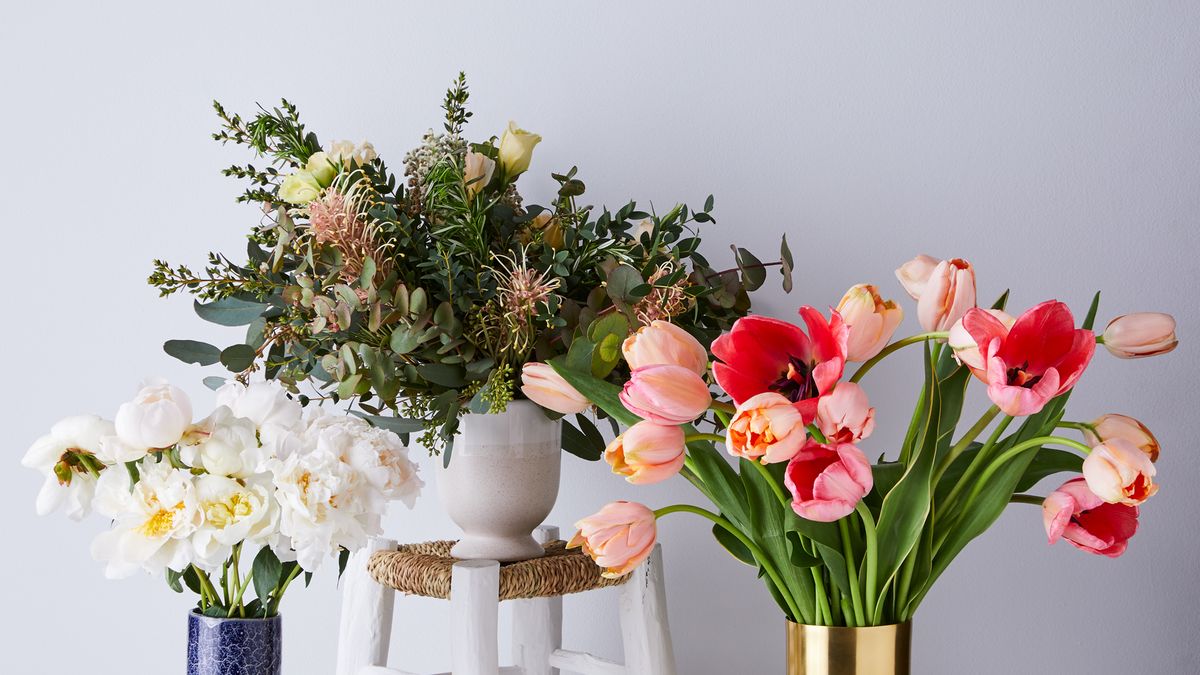
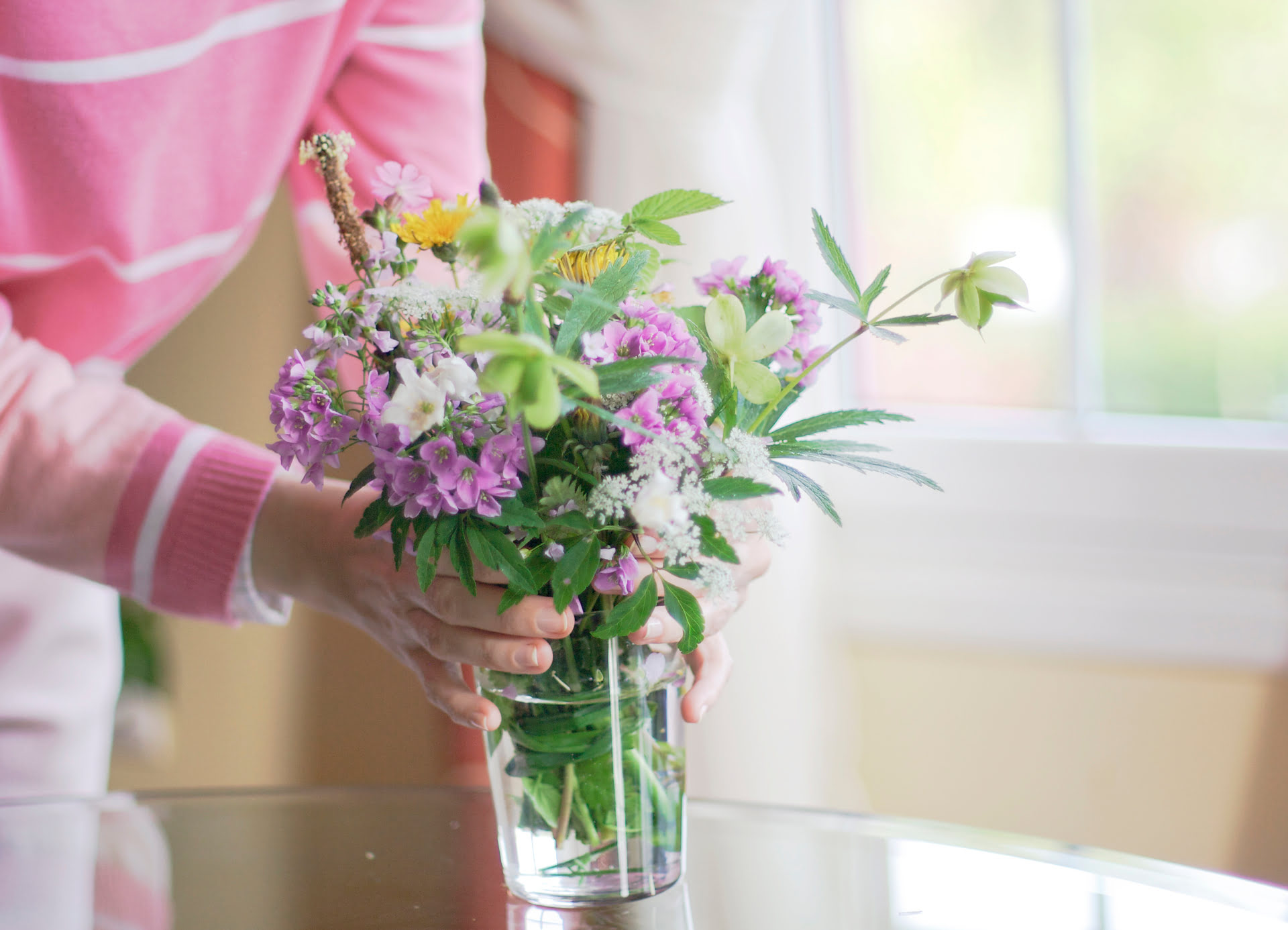

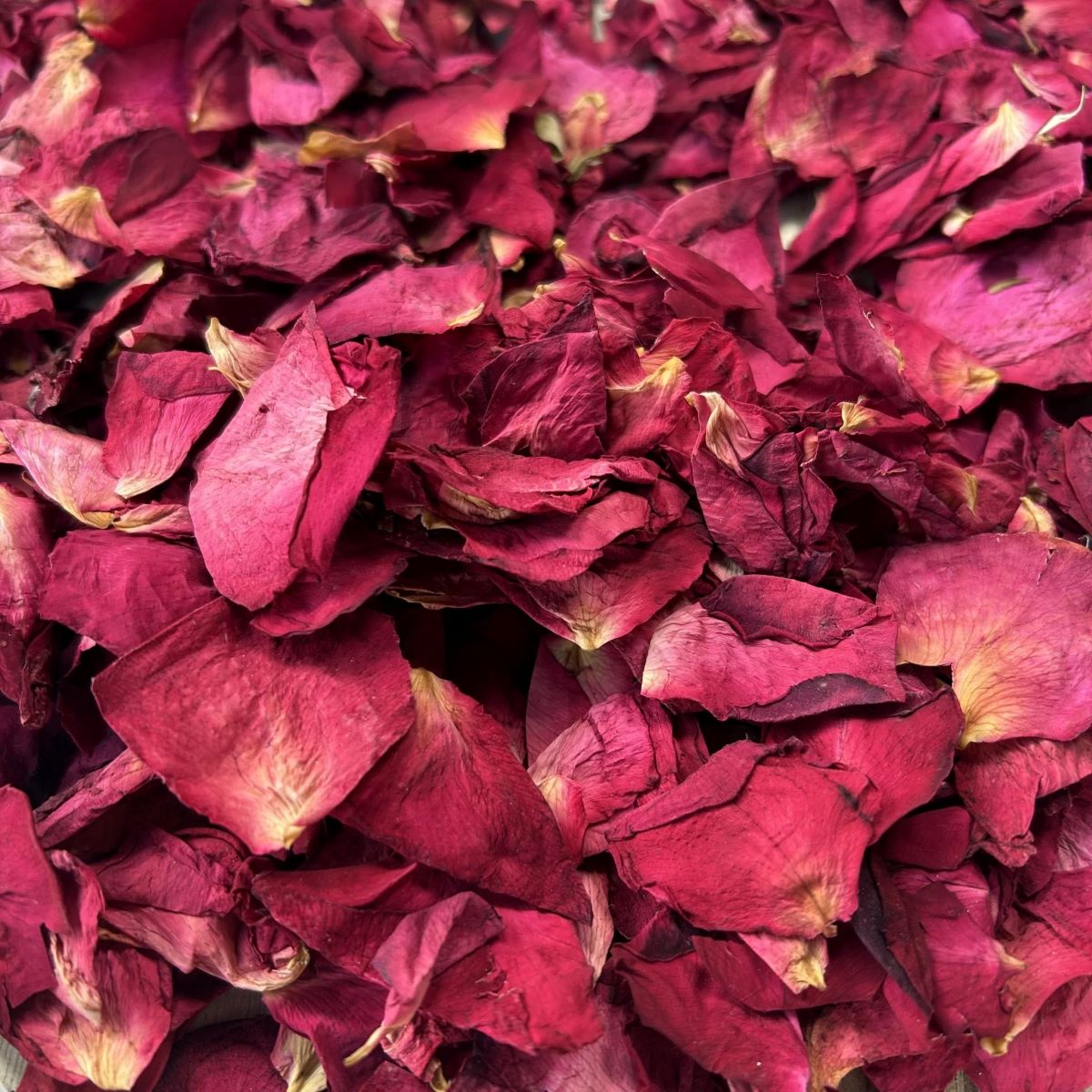
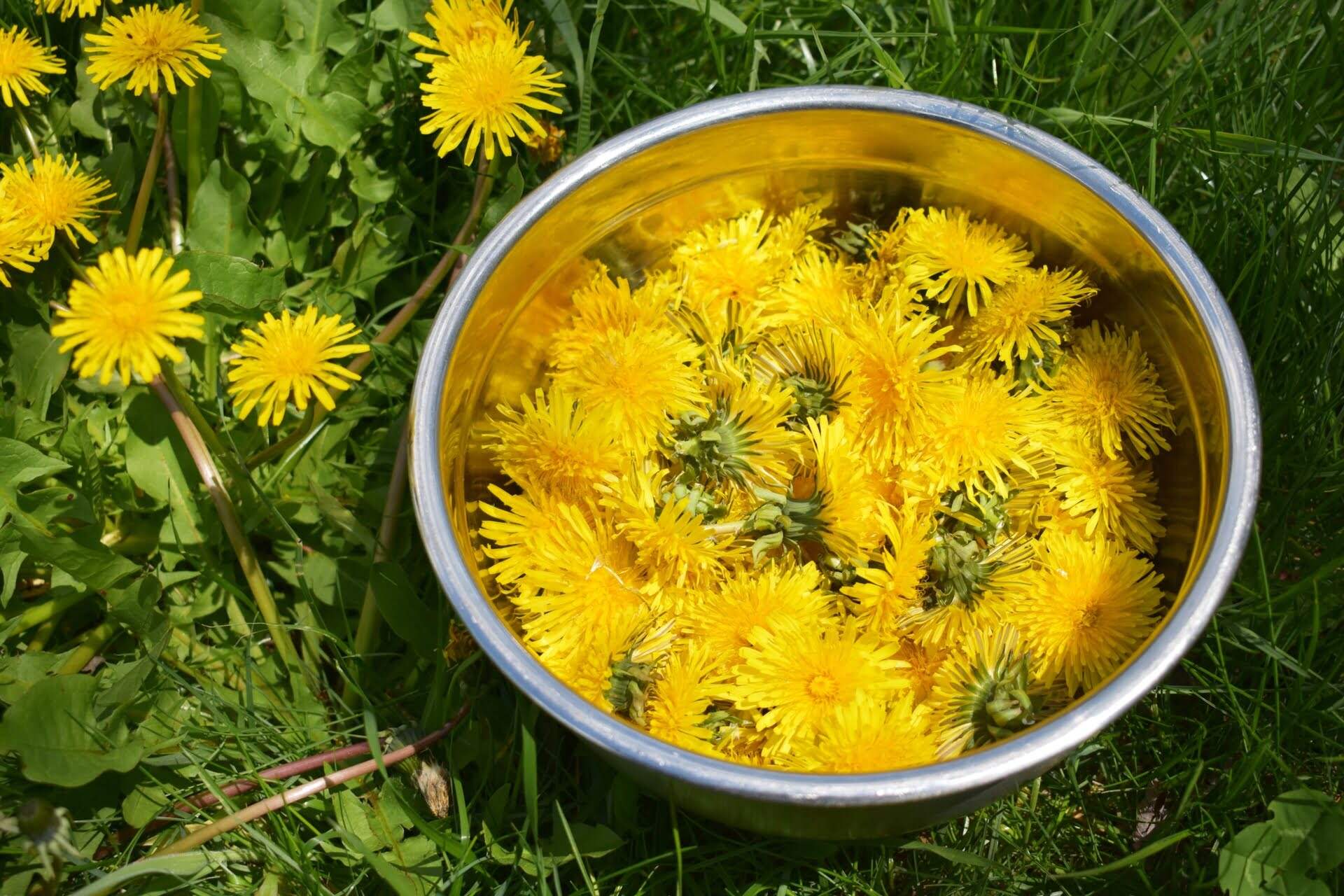
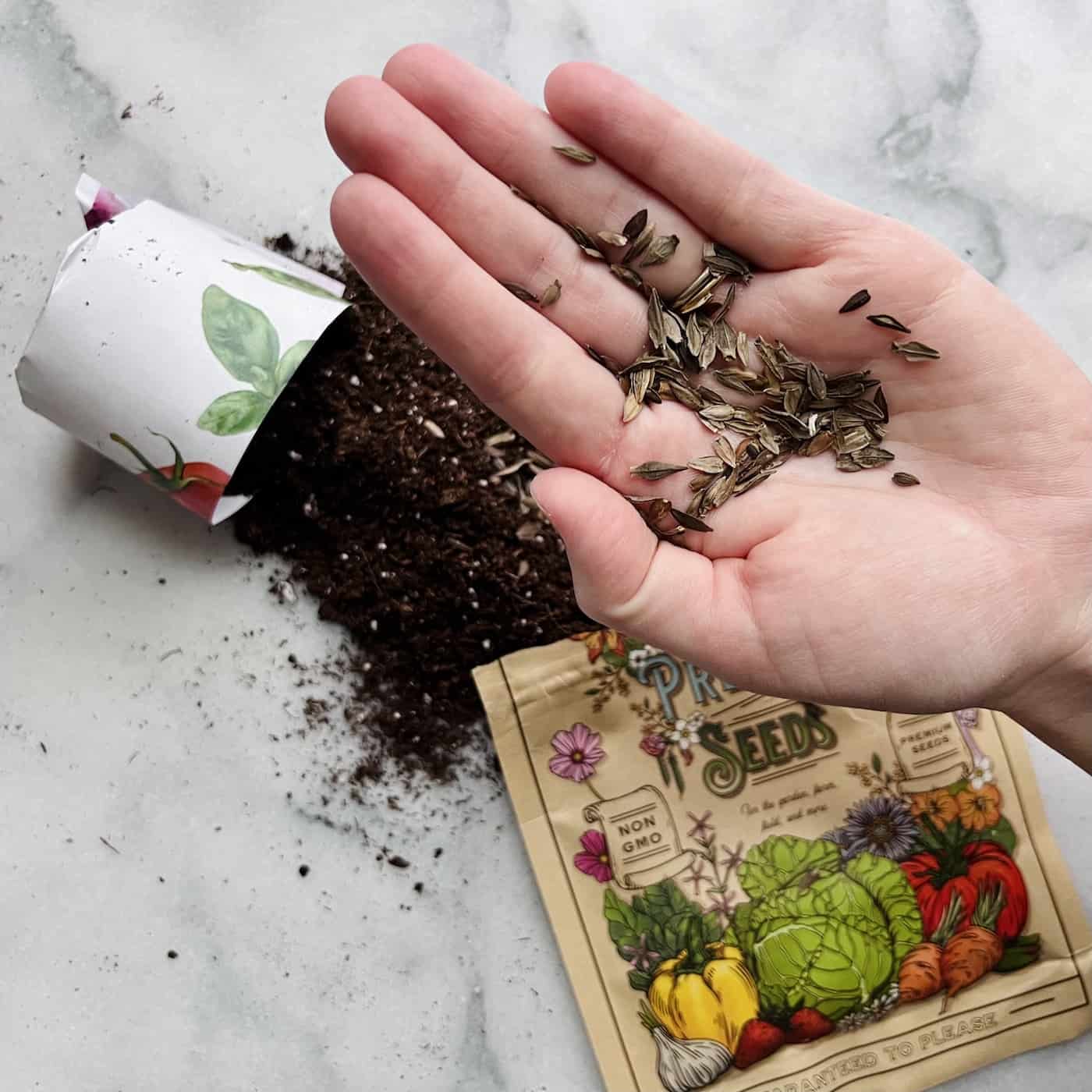
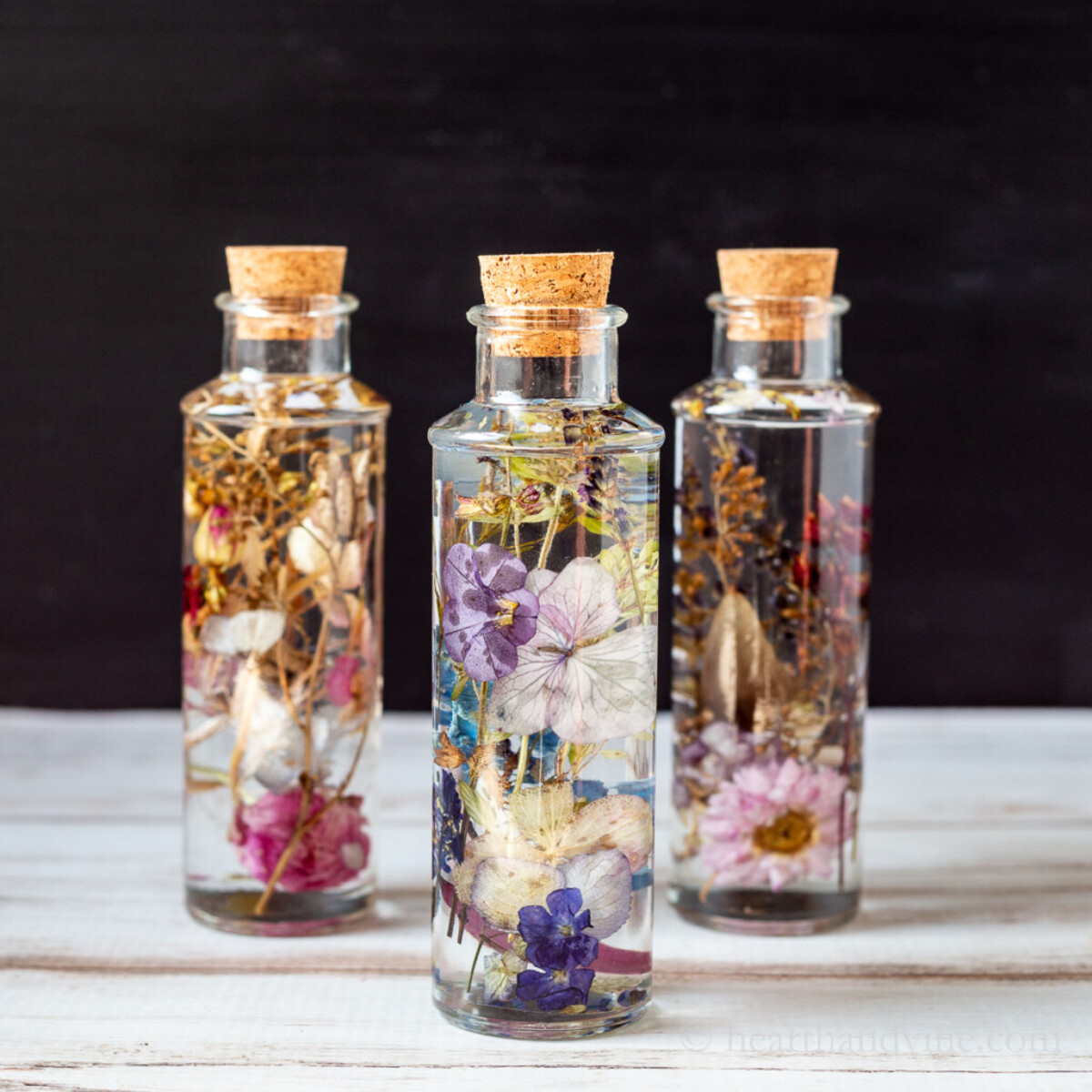
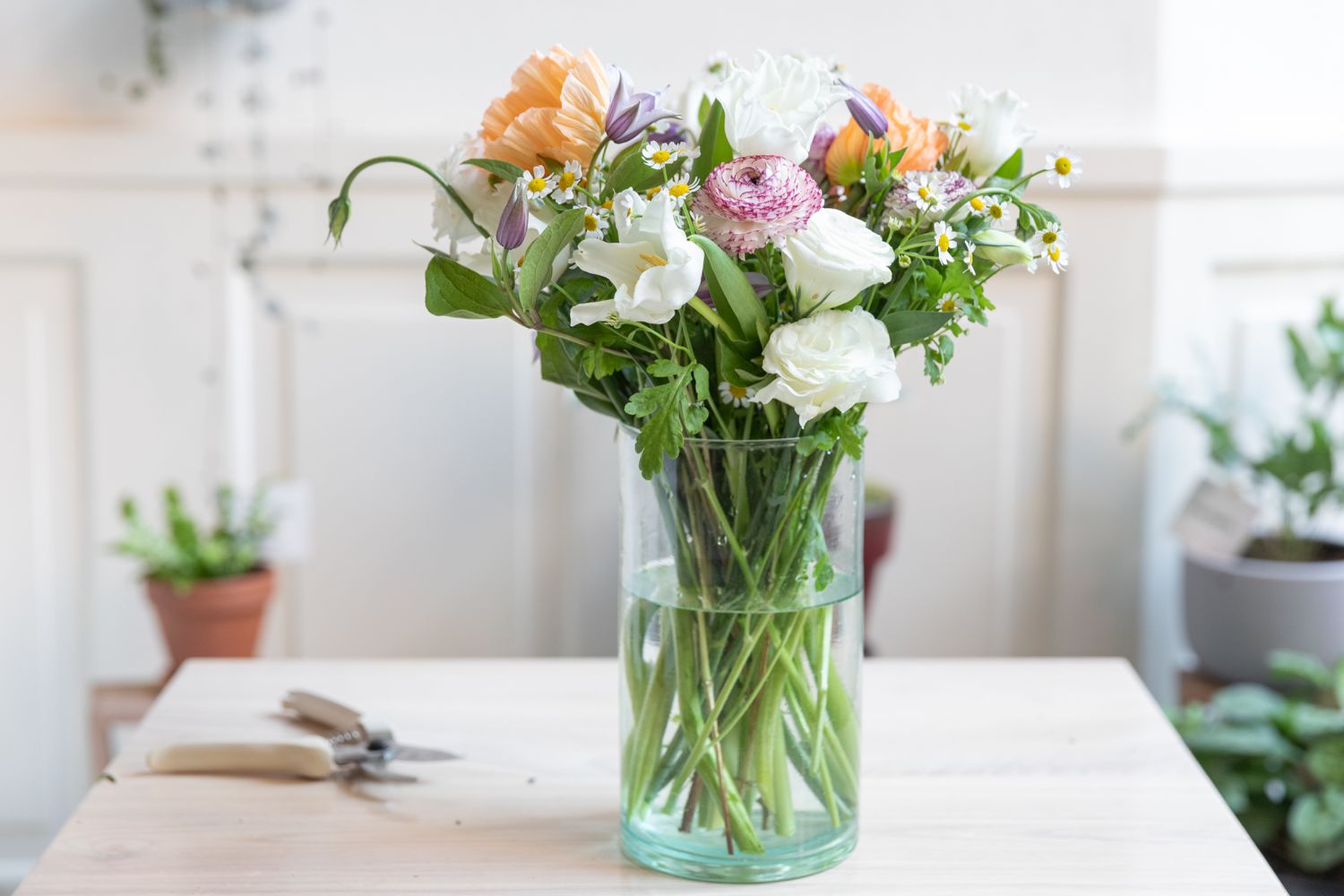
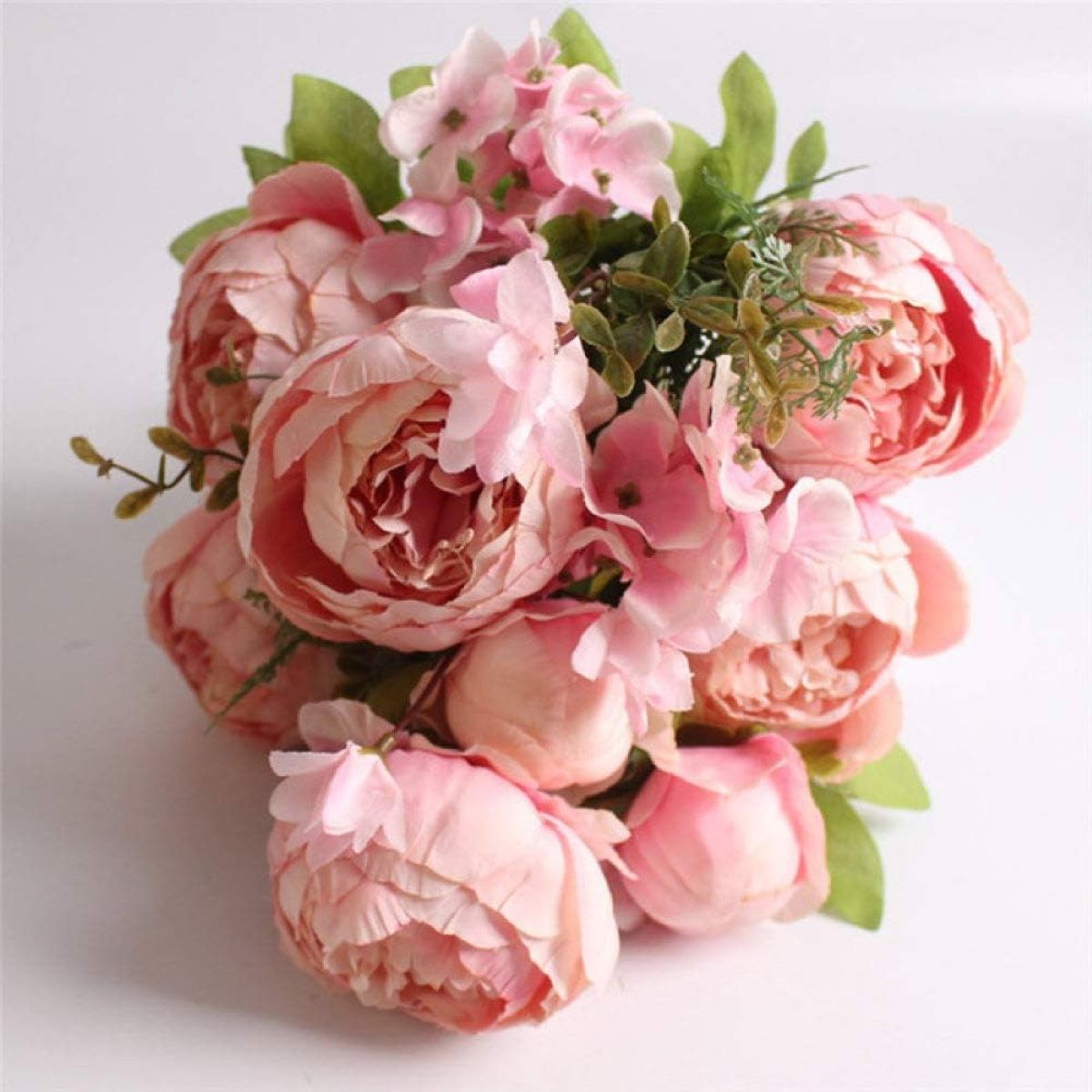


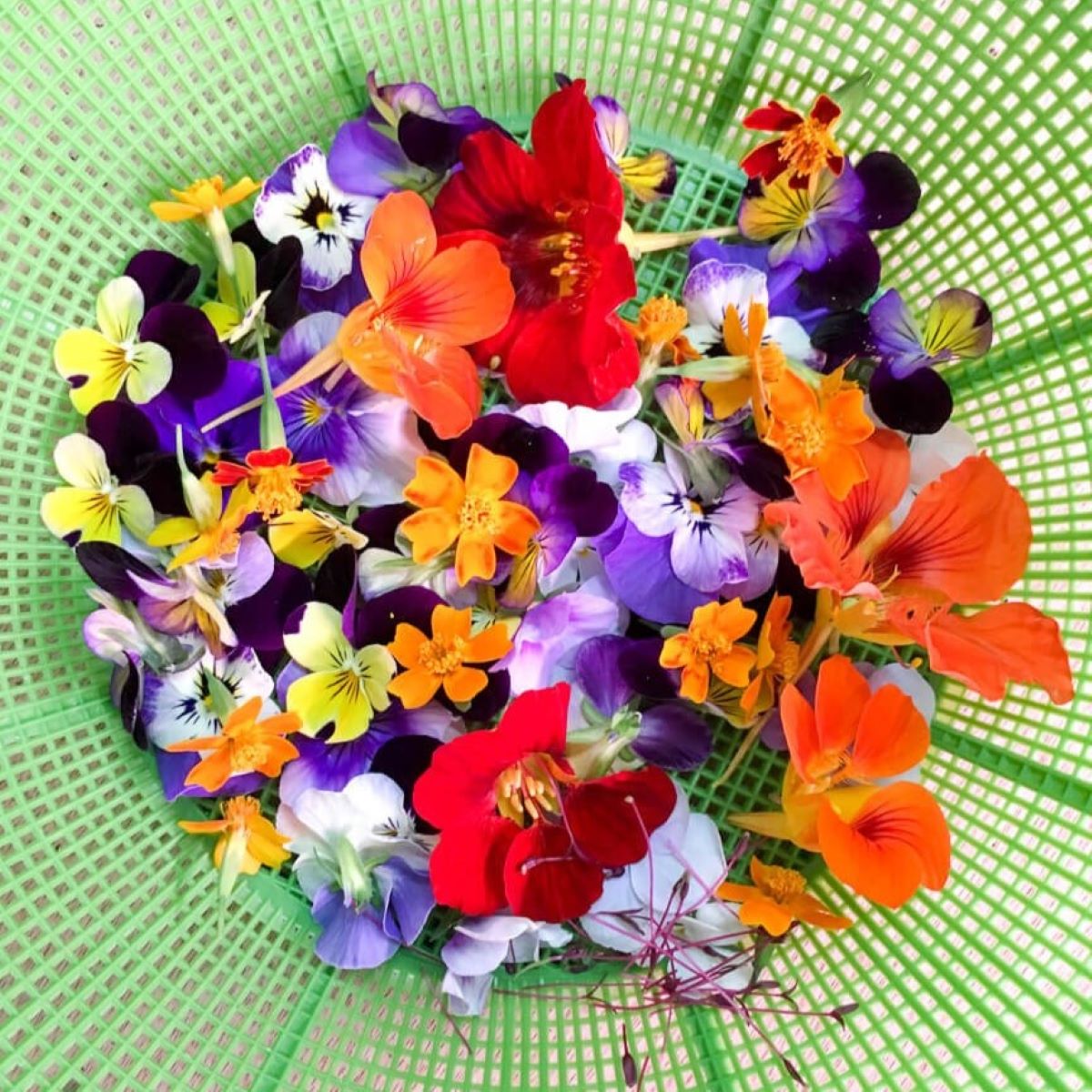
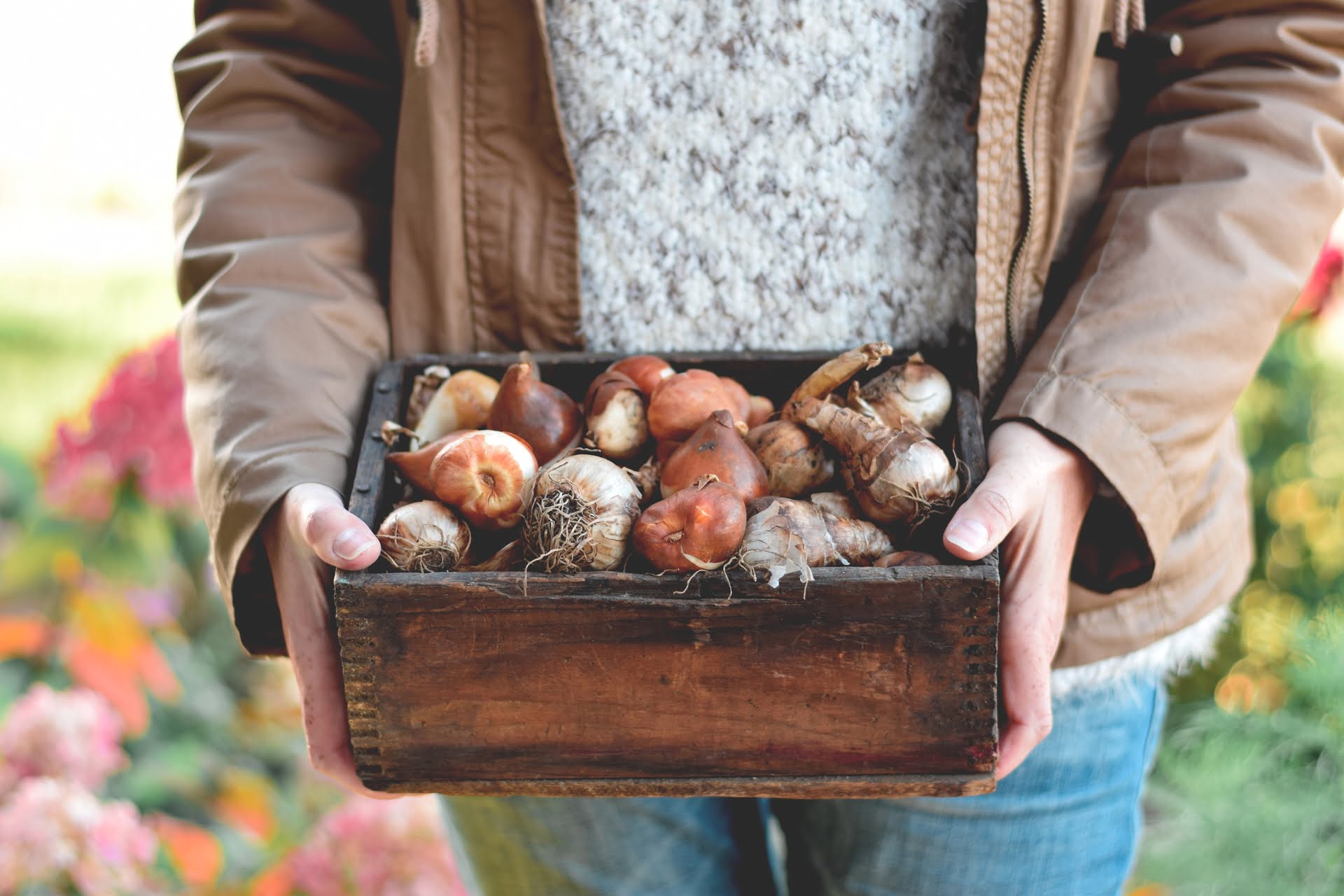

0 thoughts on “How To Store Dead Flowers”